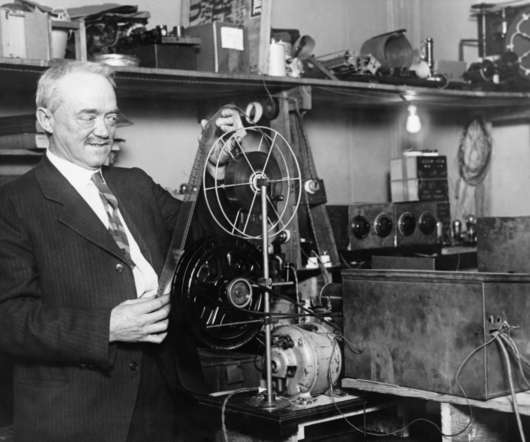PR Has Evolved Since First ‘Public Relations Handbook’ in 1967, but Some Values Are Timeless
PRSay
JULY 1, 2022
There were newspapers, magazines, wire services, trade publications, TV and radio. Daily newspaper circulation in the United States has fallen from its height of 61.8 About 2,200 local print newspapers have closed since 2005, cutting the number of newspaper journalists by more than half between 2008 and 2020.












Let's personalize your content